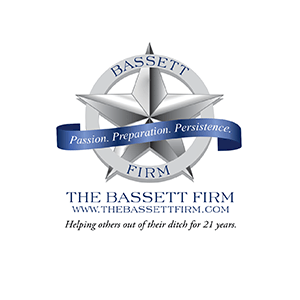Late last year we discussed a short-term fix of a long-term problem as Congress considered legislation to exempt Livestock haulers from the Electronic Logging Device (ELD) provisions of the US Department of Transportation’s Hours of Service (HOS) regulations applicable to commercial motor vehicle operators. As expected, Congress passed, and the President signed, legislation that exempted livestock haulers through the end of fiscal year 2019. However, all that did was again delay the inevitable, that federal regulators are going to have to substantively address HOS regulations as they apply to livestock haulers. Instead of considering long term solutions, Congress passed the buck, leaving livestock haulers to once again question what will happen in September 2019 at the end of the fiscal year. Will the temporary exemptions be extended yet again? Will Congress finally address the problem? Will livestock haulers be forces to put the animals they haul, and the American people, in harm’s way in order to continue to do their job?
Under the current HOS rules, drivers can be on duty for 14 hours and operate their vehicle for 11 hours before being required to take a 10 hour continuance off-duty break. For the livestock hauler this means-either they park the truck and trailer with animals stuck on board for the 10 hour period or they unload the livestock.
Staying on the trailer is problematic in that research shows that cattle will lose 6% to 7.5% in body fluid during those 10 hours. Can you imagine being stuck on a crowded airplane, sitting on the tarmac, for 10 hours?? We get upset if we have to wait 45 minutes-much less 10 hours.
Unloading livestock presents its own set of challenges. First, the national infrastructure is not in place to have livestock “rest areas” where livestock can be temporarily unloaded while the driver rests. In addition, temporary unloading poses a major health risk for the animals and a bio-security risk to the food supply. There is a potential for cross-contamination at the facilities. From a practical standpoint, do you want a livestock rest area where thousands of cattle and other livestock are stopping, being unloaded, then reloaded all hours of the day and night next to your house?
How do we fix the problem? Measures have been presented to the Federal Motor Carrier Safety Administration and Congress to revise the HOS regulations applicable to livestock haulers to address the animal welfare concerns while ensuring carriers are operating safely.
One proposal is to expand the on-duty time to 16 hours before a 10 hour break and allow up to 15 hours of drive time during the 16 hour shift.
Second, the HOS regulations do not apply to livestock haulers operating within a 150 air-mile radius of the source of the commodity. So long as the driver is within this radius the hours of service regulations (and ELD mandates) do not apply. Increasing air-mile radius restriction or removing the mileage restriction portion of this exemption would resolve these problems as well.
Third, re-instating the option for splitting up the required 10-hour off-duty rest break for drivers operating trucks equipped with a sleeper-berth compartment, or “split sleeper berth” would also alleviate many of these problems. This would allow a livestock hauler to split up their rest time into smaller chunks rather than using it all in one block, thus alleviating the situation where livestock are sitting on a trailer stationary for 10 hours.
Each of these proposals could advance the process and solve the problems livestock haulers encounter daily allowing them to transport livestock safety and efficiently, while operating in a safe manner.
The time has come for government regulators to act, instead of procrastinating yet again, and implement a long-term solution by revising the HOS regulations applicable to livestock haulers. Clearly, Congress and regulators acknowledge that the “one-size fits all” approach to HOS regulations, in their current iteration, do not work for livestock haulers and unnecessarily put livestock at risk. The next time you are sitting in that middle seat, sandwiched between two strangers, having “pushed back from the gate” and waiting on clearance to take off, think about how good you would feel if you were “allowed” to sit there on the tarmac for TEN LONG HOURS, waiting…waiting for a plane.

